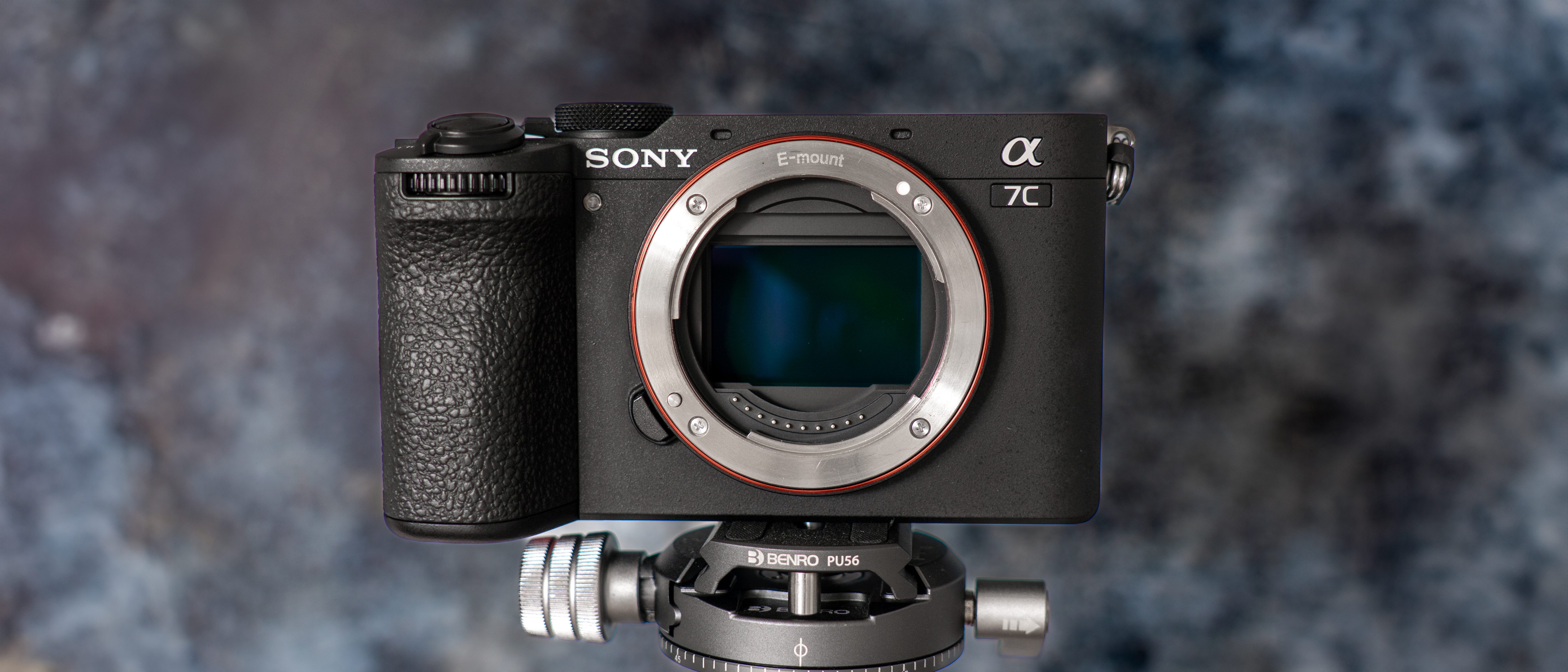Space Verdict
A neat little full-frame camera that will perfectly suit enthusiasts who shoot multiple photographic styles. It's not the most impressive camera we've ever seen, but we were pleasantly surprised by its performance.
Pros
- +
Produces impressive images for its price and specs
- +
Incredibly fast and accurate AI-based autofocus
- +
Affordable for a new full-frame camera
- +
Good for vlogging due to its size and screen
Cons
- -
Only one card slot
- -
It's nothing special
- -
Not suitable for long periods of shooting
- -
Images are too noisy for dedicated astro shooters
Why you can trust Space.com
Back in 2017, the Sony A7C was released as a smaller, more compact version of the popular Sony A7 III. It was praised at the time for its lightweight and small form factor while still packing the punch of some of the bigger models, although as time has passed and technology has advanced, it's been growing more and more outdated. Six years on, we've now welcomed the A7C II which has a faster processor, more megapixels and Sony's new AI-based autofocus system. It's launching for an RRP of $2198 and comes in all black or black & silver.
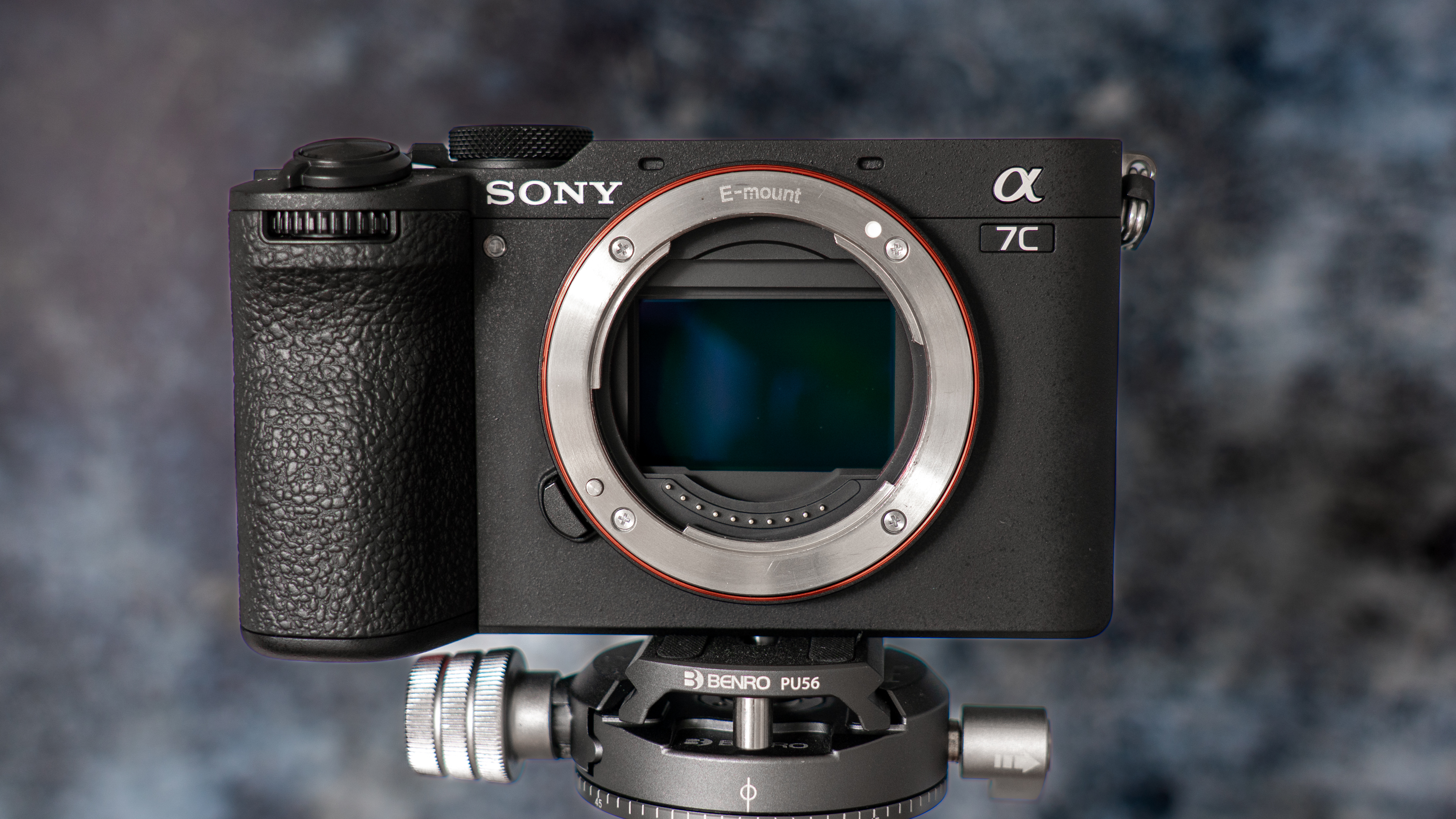
Release date: September 2023
System: Mirrorless
Sensor: Full frame 33MP BSI CMOS
ISO range: 100-51,200 (expanded 50-204,800)
Burst shooting: up to 10FPS
AF: 759 phase-detection
Video: 4K 30p, 4K 60p cropped
Storage: Single UHS-II SD slot
Screen: 3-inch fully articulating, 1.036M dots
Dimensions: 4.88 x 2.8 x 2.48-inches (124 x 71 x 63 mm)
Weight: 1.13 lbs (514g)
The Sony A7C II is aimed at casual photographers and globe trotters who want to take pictures and videos while traveling or on holiday. It has a ton of useful features which make shooting a breeze and produces stunning results that will certainly impress. It would be a great option to consider if you're making the jump from crop sensor over to full frame thanks to its accessibility and relatively low cost.
When paired with some of the best zoom lenses and best lenses for astrophotography, this camera truly comes into its own and proves that bigger isn't always better — in fact, many users prefer the best mirrorless cameras to be compact and lightweight, rather than having to carry around heavy and bulky DSLRs.
So is the Sony A7C II one of the best cameras for photos and videos? Let's take a closer look.
Sony A7C II review
Sony A7C II: Design
- Subtle design changes from the previous model
- Small and lightweight form factor makes it perfect for travel
- Fully articulating screen is great for awkward astro positions and vlogging
🔎 Sony A7C II: Overall we like the design for its comfort and usability, and we found it comfortable to hold and use for long periods. However, if you're a pro, you'll likely want a camera that has more custom buttons to dive into the customization that Sony cameras offer. ★★★★
When it comes to the design of the Sony A7C II, overall, it's quite similar to the original A7C. The A7C range is billed as Sony's 'smallest full-frame cameras', and the original model still holds that title, with the newer version being 5g heavier and just 3mm deeper — which, let's be honest, doesn't really make any difference in practice.
It weighs 1.13 lbs (514g) and measures 4.88 x 2.8 x 2.48-inches (124 x 71 x 63 mm), so it's actually not much bigger and heavier than the new APS-C Sony A6700, which we reviewed. We found it no trouble at all carrying around our neck (even when paired with a fairly big lens), and we think the small form factor is perfect for travel photographers who might need to save on space in their camera backpacks. But if you think it might be too small for you, you can purchase a grip for it — although that'll cost you an extra $160.

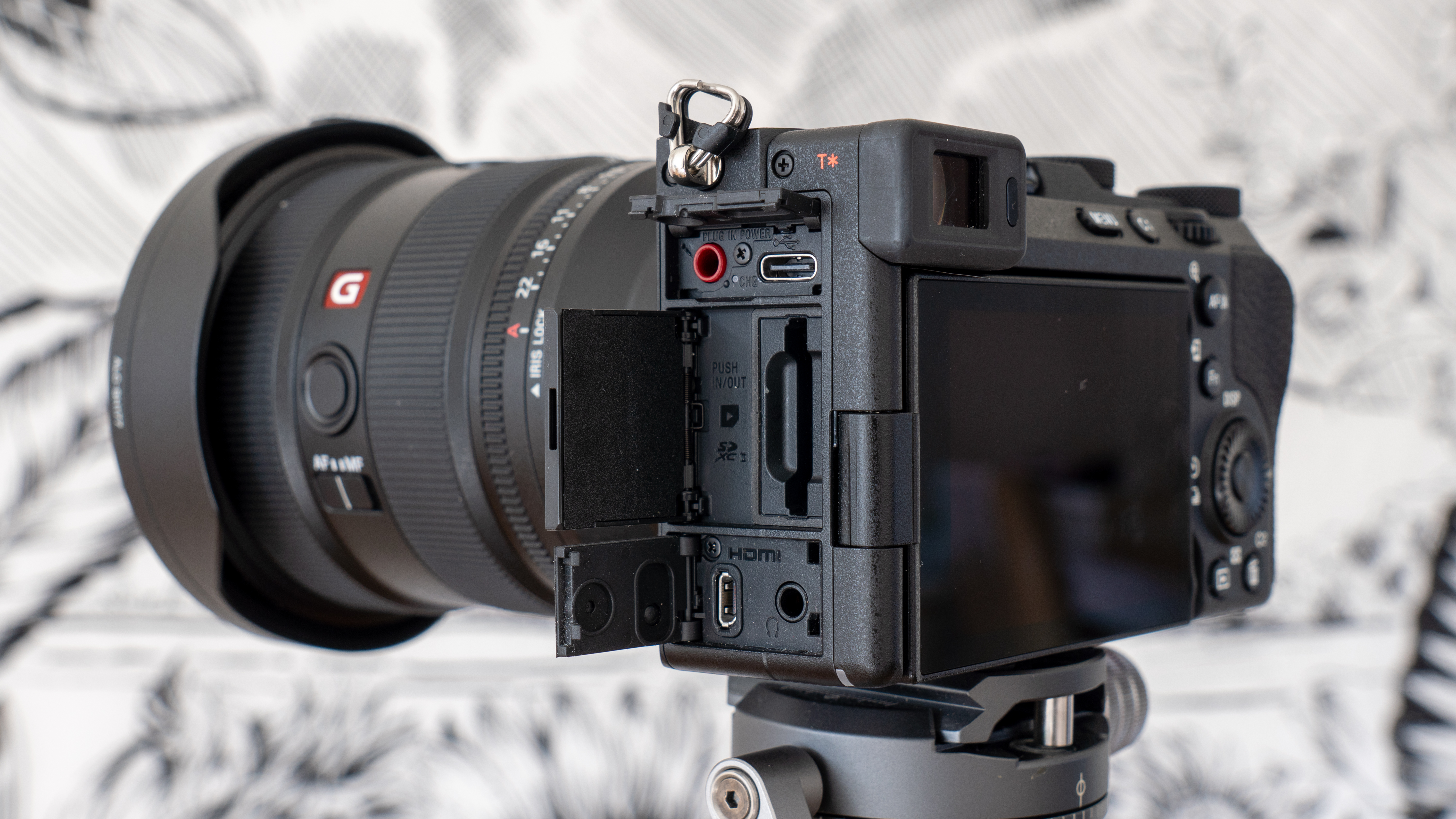
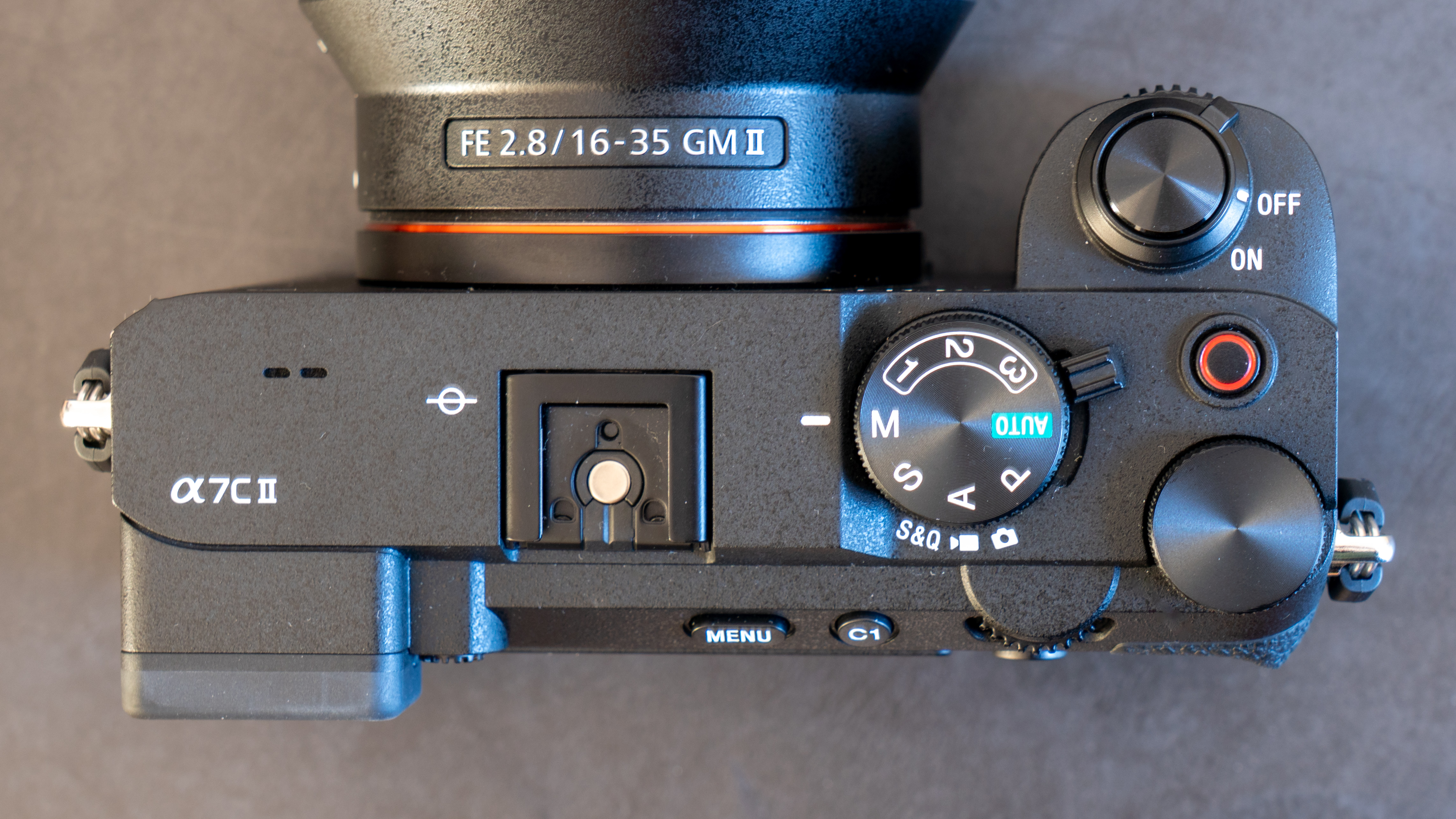
We like that Sony have added a front dial on the A7C II, which was a common complaint in the original version. We found it easy and convenient to change the settings with our forefinger and thumb at the same time, as opposed to having to wade through the menus to change settings, which is incredibly annoying. Although this may seem like a fairly small change, it means the camera handles much better. The rear of the camera is largely the same as the A7C, only they've added an additional custom button next to the menu button. On the top, the exposure compensation dial is now a blank custom dial, and there's a separate selector dial below the main dial for photo, video and s&q.
Breaking space news, the latest updates on rocket launches, skywatching events and more!
They have improved the resolution of the LCD screen, although not by a particularly noticeable margin. The LCD screen on the original version was 0.92M dots, but now they've upped it to 1.03M dots. We thought the LCD screen was fine, but we think they could have improved it even more to make it really stand out, especially considering it's the same resolution as the A6700, which is only a crop sensor camera. The main advantage the screen has is that it's fully articulating, making this camera a fantastic option for vlogging and taking selfies.
Sony A7C II: Performance
- Produces surprisingly good images
- Autofocus is fast and reliable
- Low light performance is good for casual astro
🔎 Sony A7C II: We were pleasantly surprised with the performance of this camera, and although it won't give the best results you've ever seen, for the price, it's pretty impressive. It's fine for astro, but the images are quite noisy. ★★★★
We say 'surprisingly good' because, having only just reviewed the incredible Sony A7R V, honestly, we weren't expecting much from this camera (even though it's not a particularly fair comparison). But when we looked at our images on a computer screen, we were very pleasantly surprised with the sharpness, color and dynamic range this camera is capable of producing.
The 33MP BSI sensor sits nicely in between the insanely-detailed 61MP of the A7R V and the lower resolution of the original A7C (24MP), meaning you get beautifully detailed images that aren't hugely overrun with noise but are still detailed enough to be impressive, particularly if you want to print your images or share them to social media. Not to mention, a 33MP sensor doesn't produce enormous files for the camera to try and keep up with, so we had no issues with the buffer speed while we were shooting.
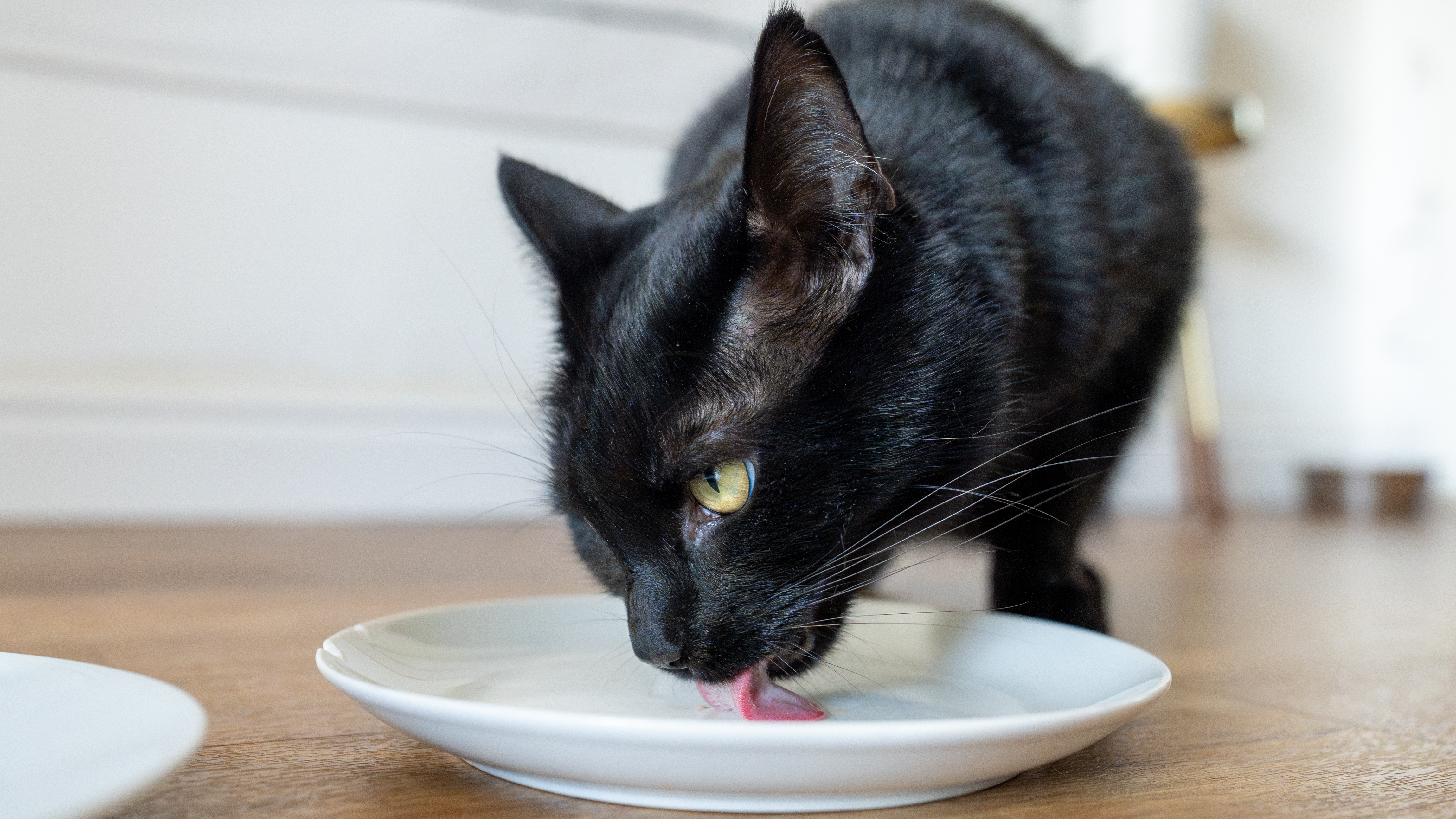
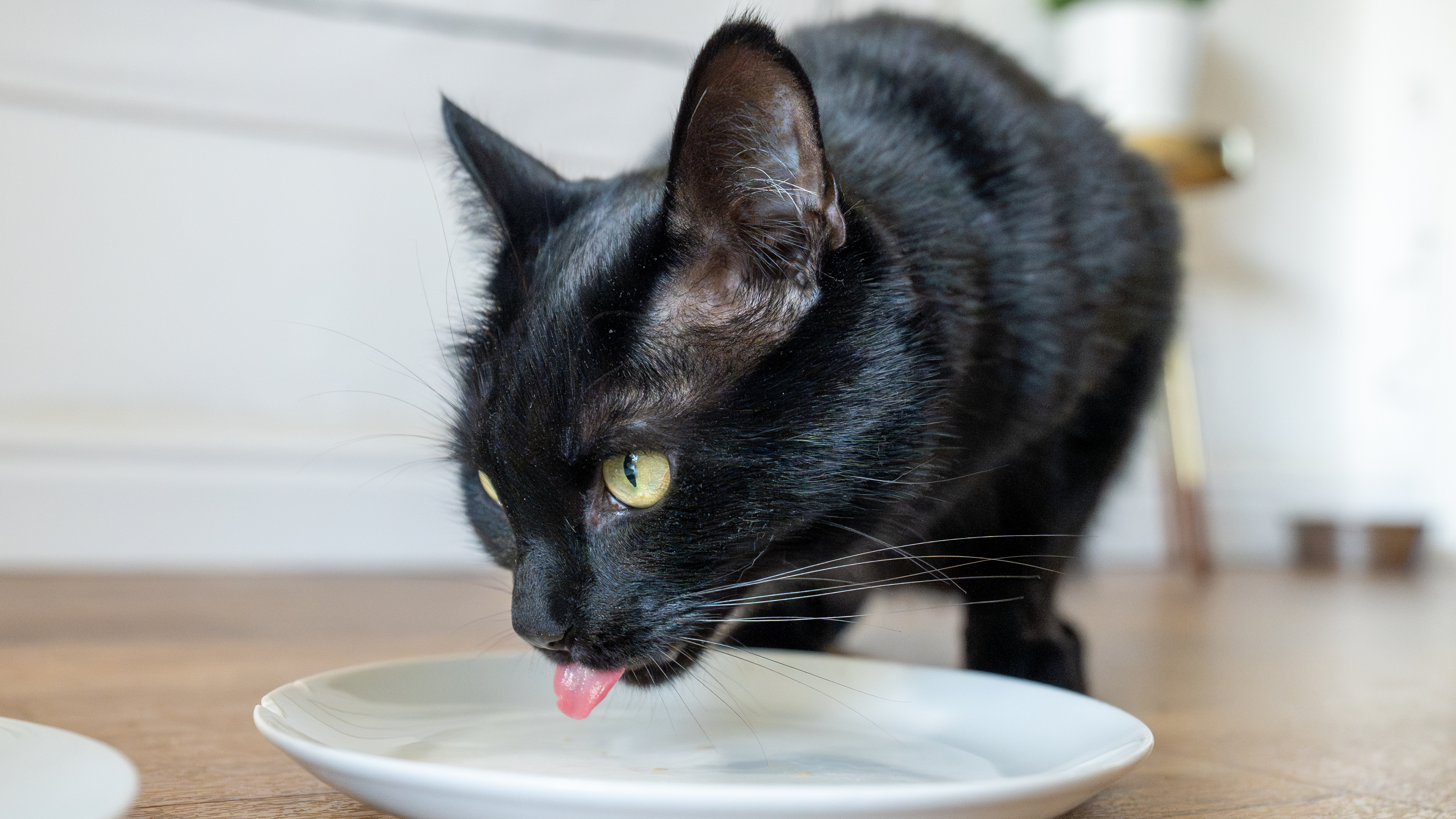
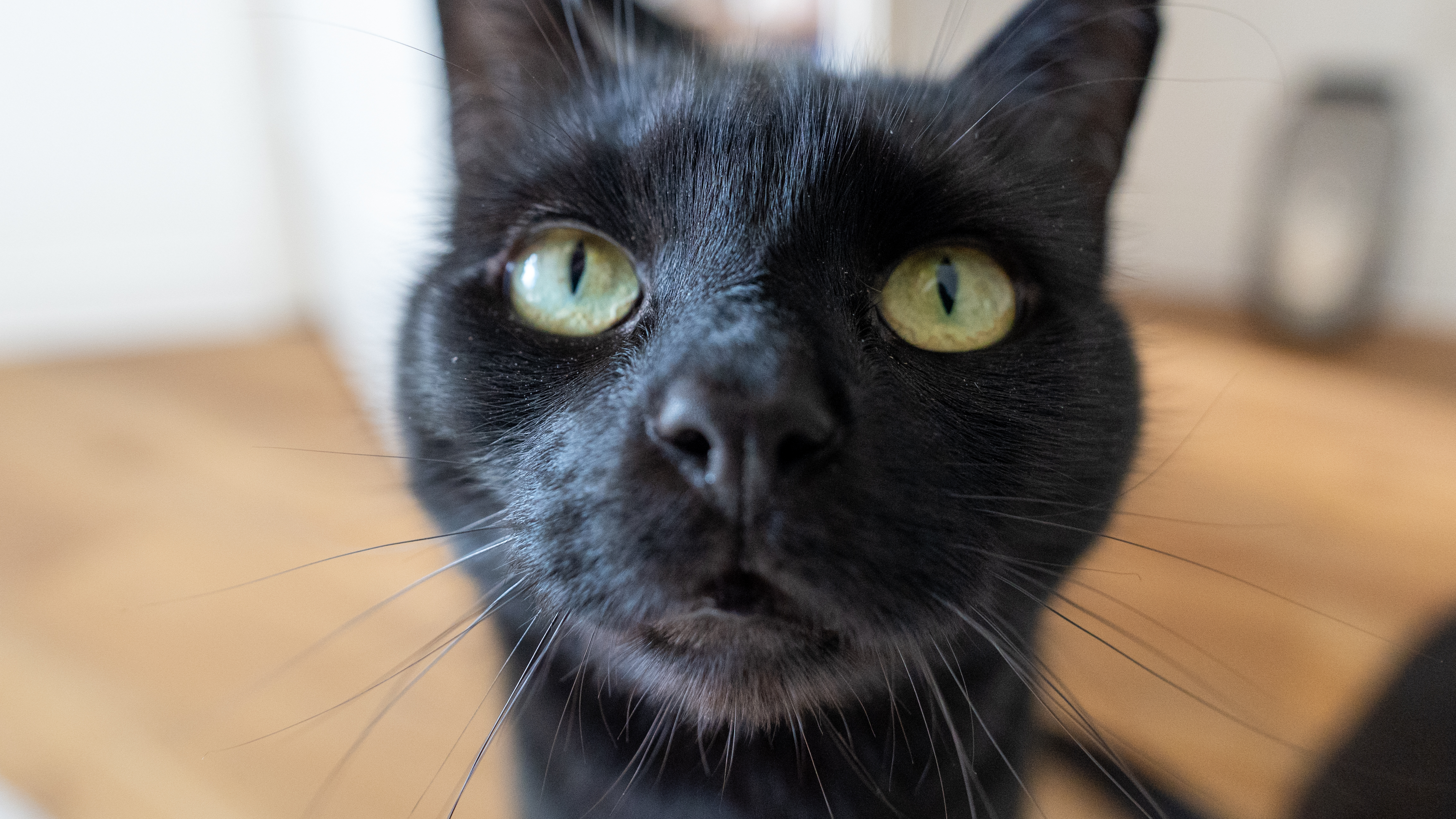
The A7C II is equipped with Sony's new AI processing unit, making their already class-leading autofocus even better. We were incredibly impressed with this new autofocus system when we reviewed the Sony A7R V and the Sony A6700, and when we were testing out the A7C II for this review, it was just as fast, accurate and reliable as we expected it to be. It features new intelligent 'deep-learning' technology and can detect a range of different subjects, from humans to animals, insects, birds, cars, trains and airplanes — although there's no auto mode for this, so you'll have to set it manually. We tested the autofocus on a pair of black indoor cats and it was able to detect and track their eyes effortlessly, and it automatically switched to face tracking when they were looking away from the camera.
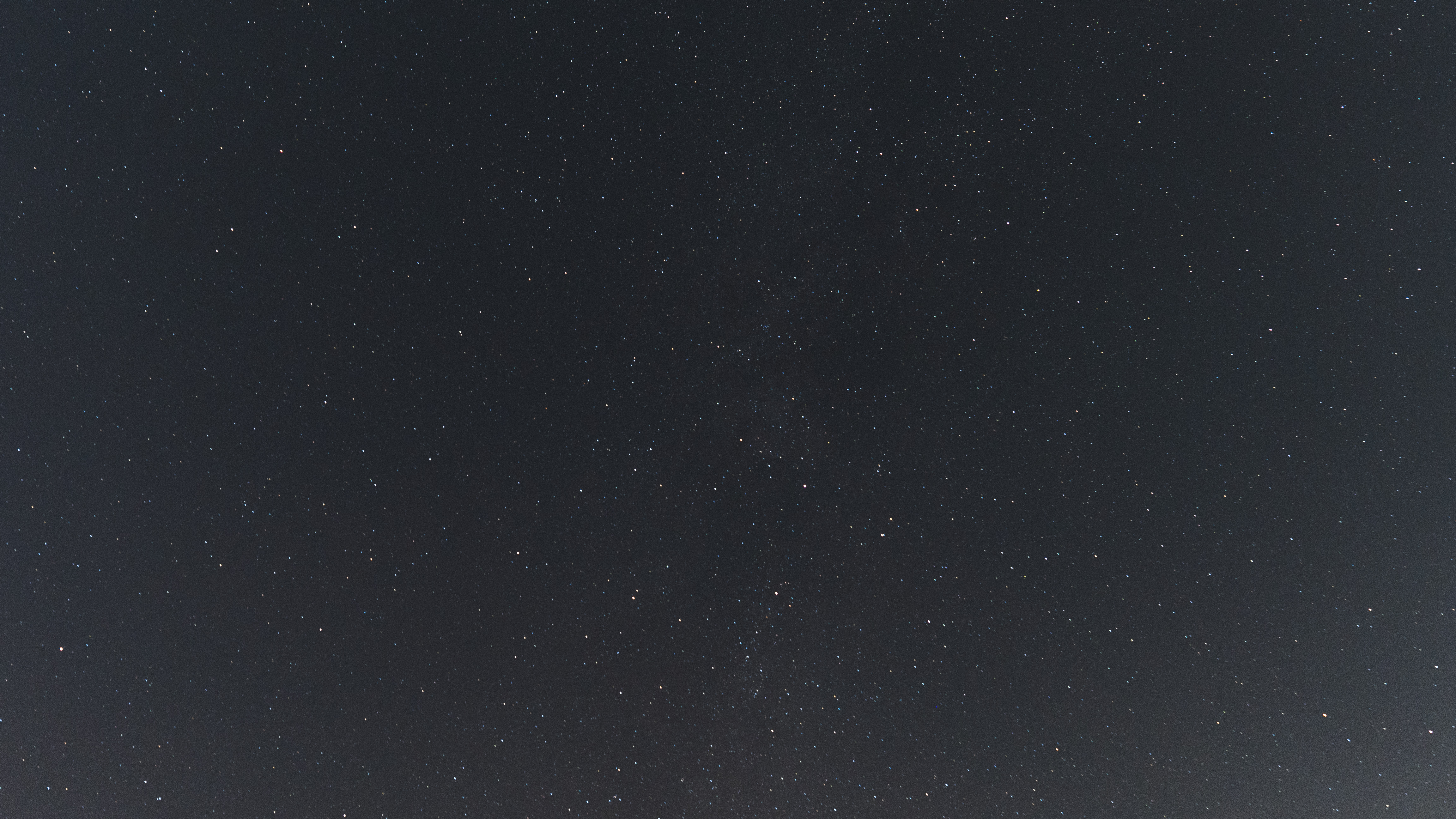
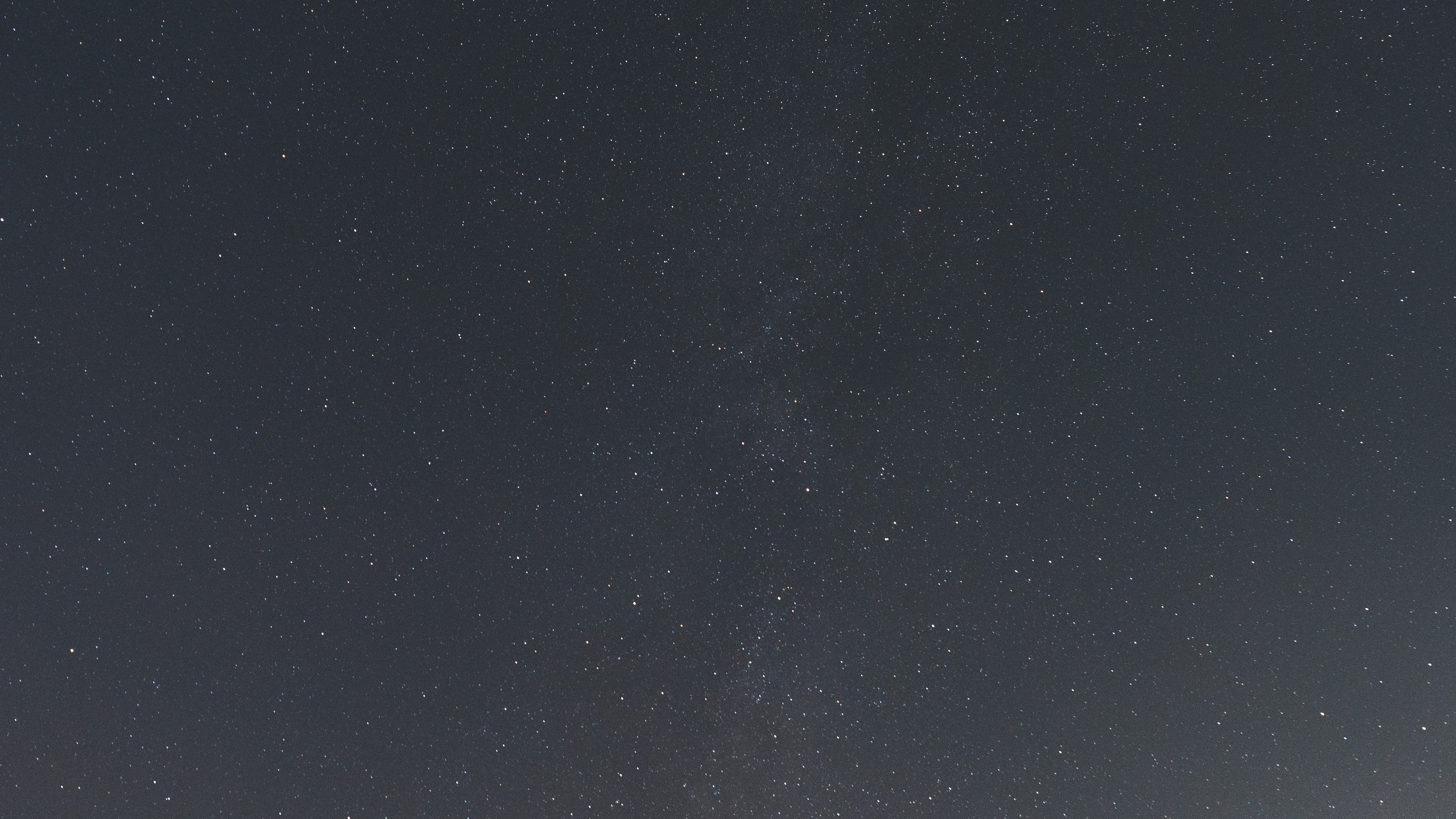


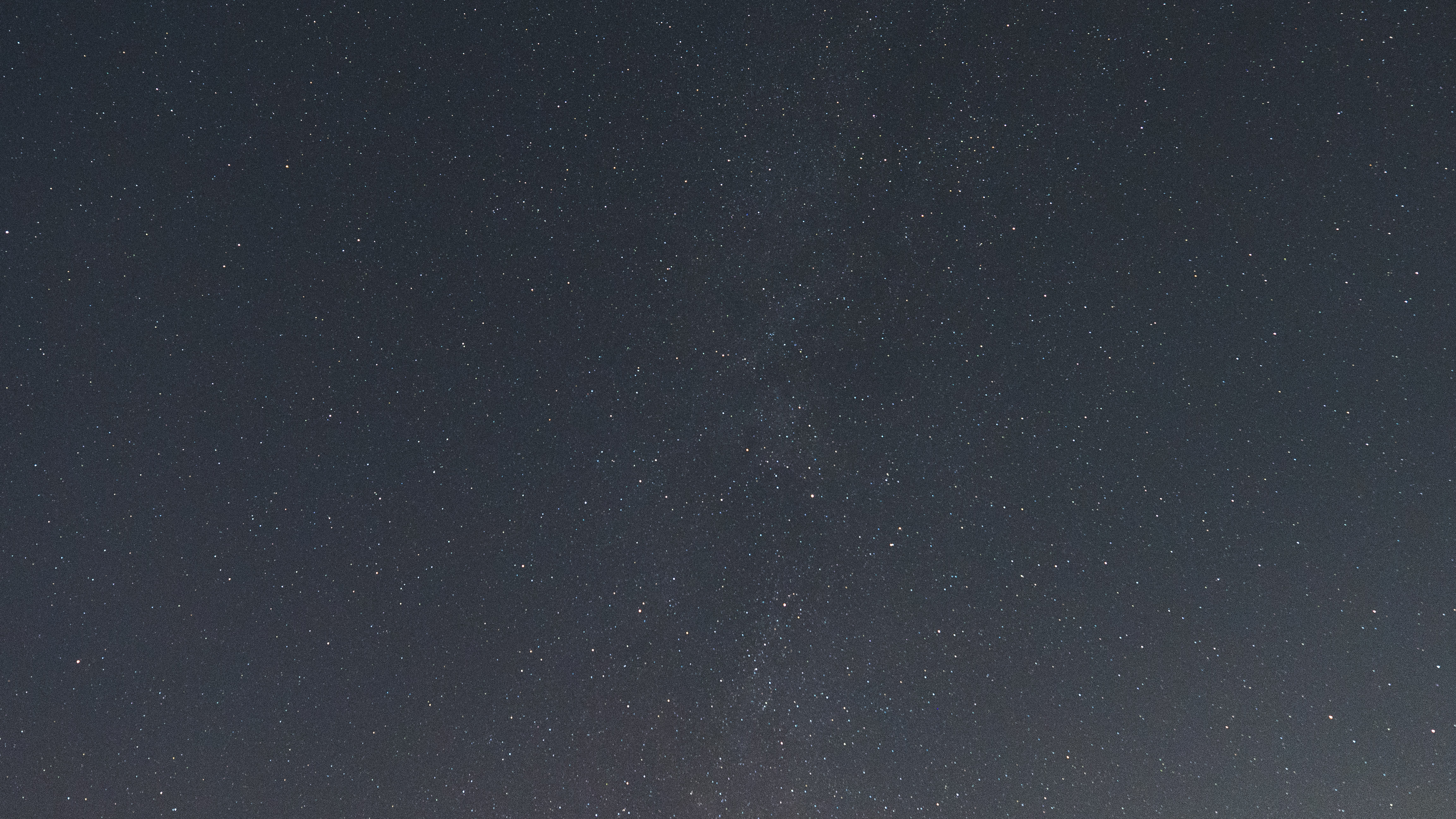
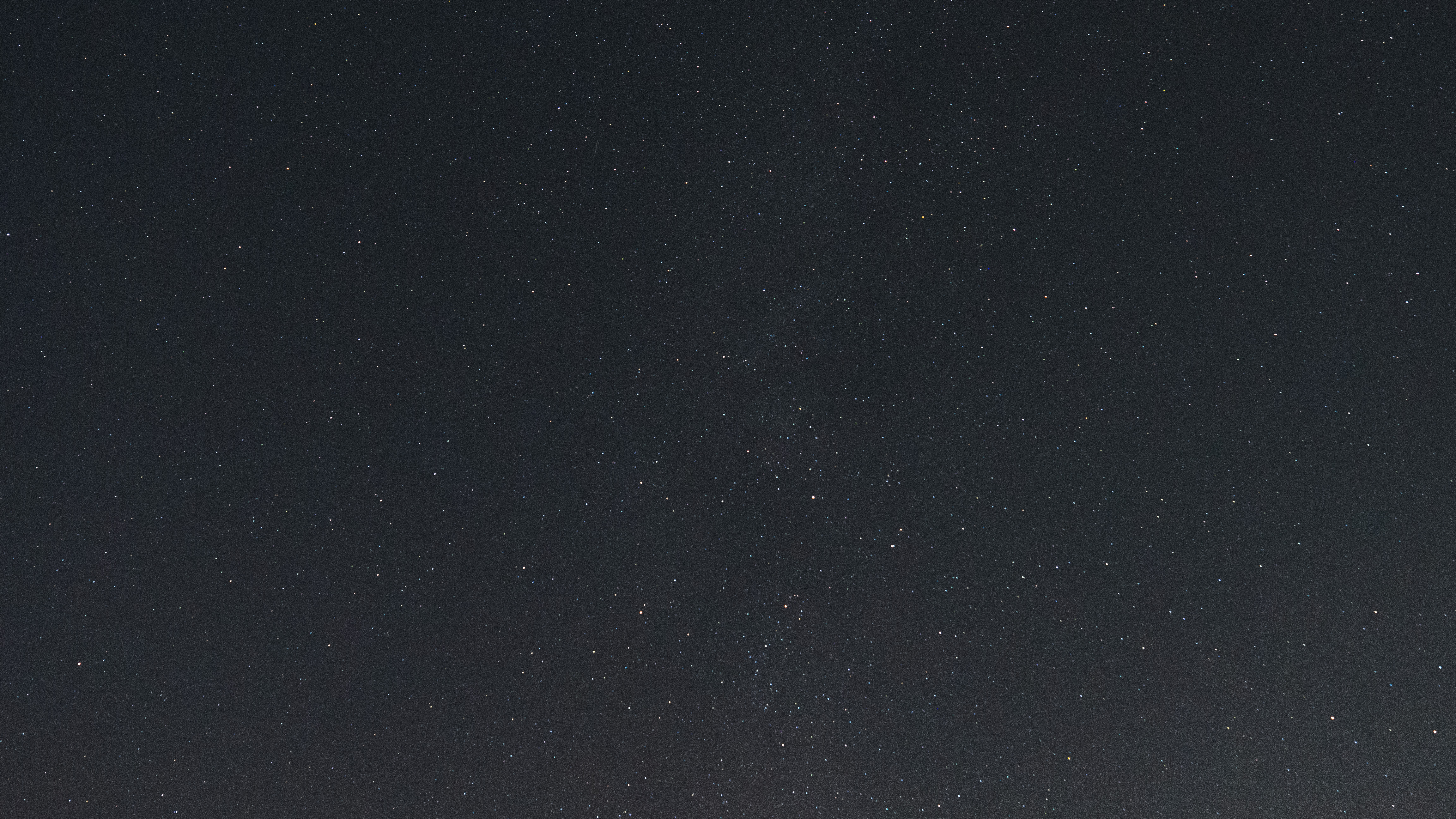
In terms of its astro performance, we'd say it performed well overall and it can autofocus down to -4EV, but we wouldn't recommend it as a dedicated astro camera. We found the images to be fairly noisy, so you wouldn't want to bump the ISO up over around 5000. You can eliminate a lot of the noise using Lightroom's AI denoise feature, but that process can be quite time-consuming so it wouldn't be worth it if you have a lot of astro images to process.
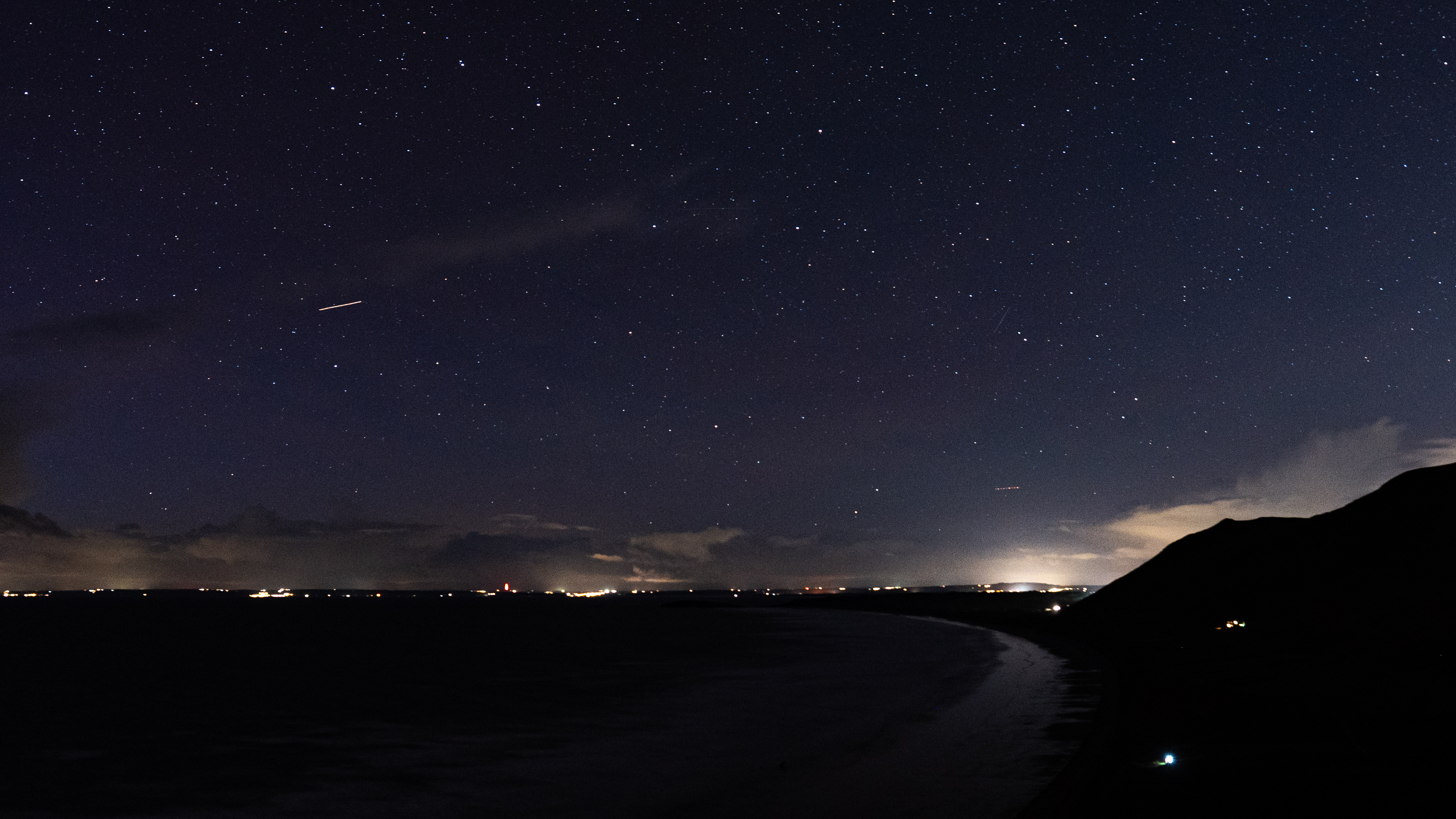
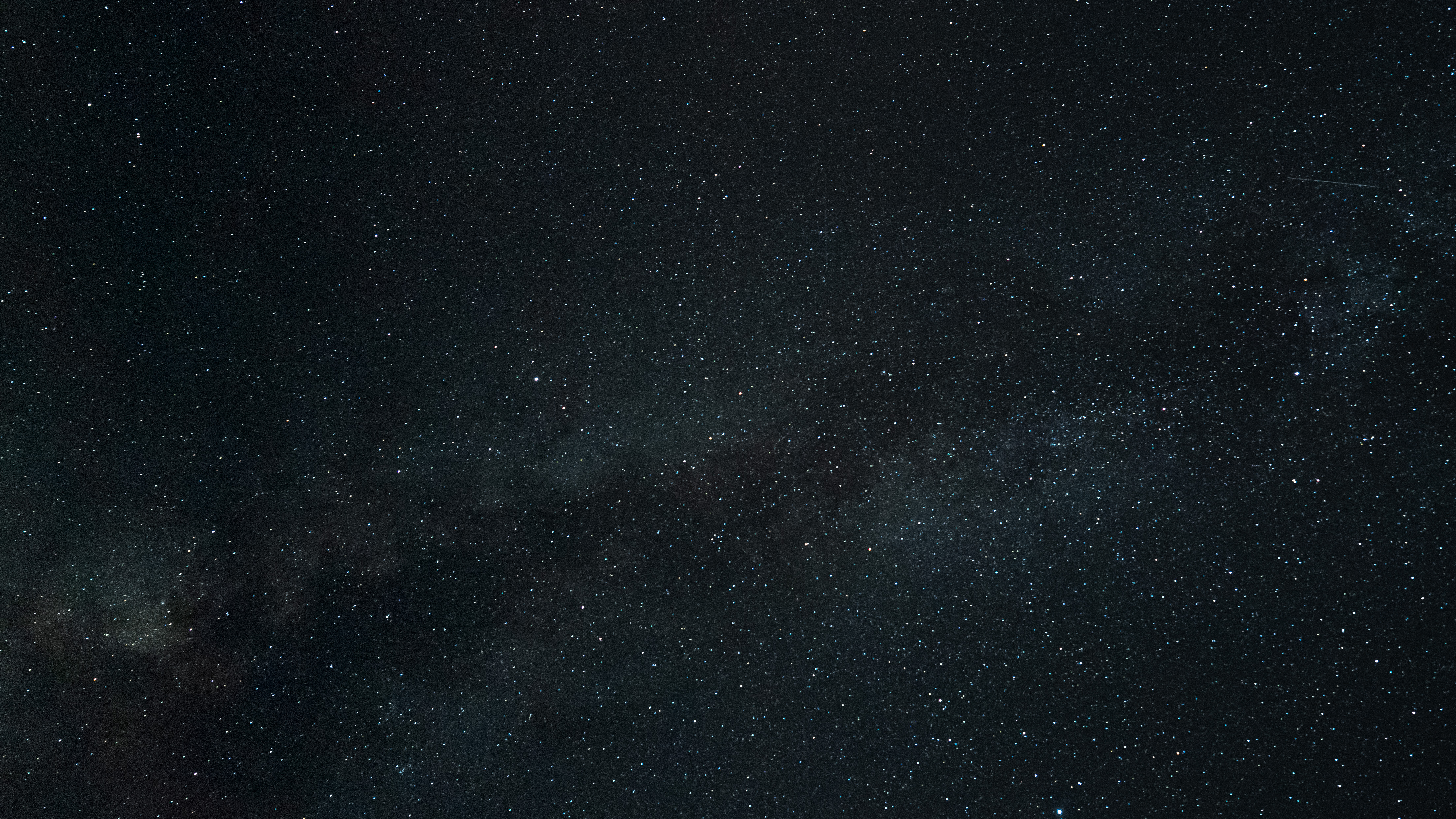
We also tested its astro performance at a dark sky site away from the bright city lights and, unsurprisingly, the images were better and there was less noticeable noise overall.
Sony A7C II: Functionality
- Disappointed with only a single card slot
- Powerful AI-processing unit means lower battery life
- A camera aimed at enthusiasts
🔎 Sony A7C II: It's decent enough for an entry-level full-frame camera, although it won't win any awards for its features or capabilities. That said, we think having such a powerful AI autofocus processor, image stabilization and detailed sensor in a camera this affordable is impressive. ★★★★
Given the lower price tag, it won't come as a surprise that a few sacrifices had to be made to keep the price down. We've already mentioned the LCD screen resolution being one area they've been fairly conservative in, but another comes in the form of the card slot, being that there's only one.
Not only is there only one, but it's also not compatible with faster CFexpress cards. This won't be too much of an issue in terms of writing speed as the 33MP files aren't huge, but it could be more of a problem if you're using it as a second camera and you want peace of mind with a second card in case one of them fails. In an ideal world, we'd love a second card slot, but we understand why they haven't included one here.
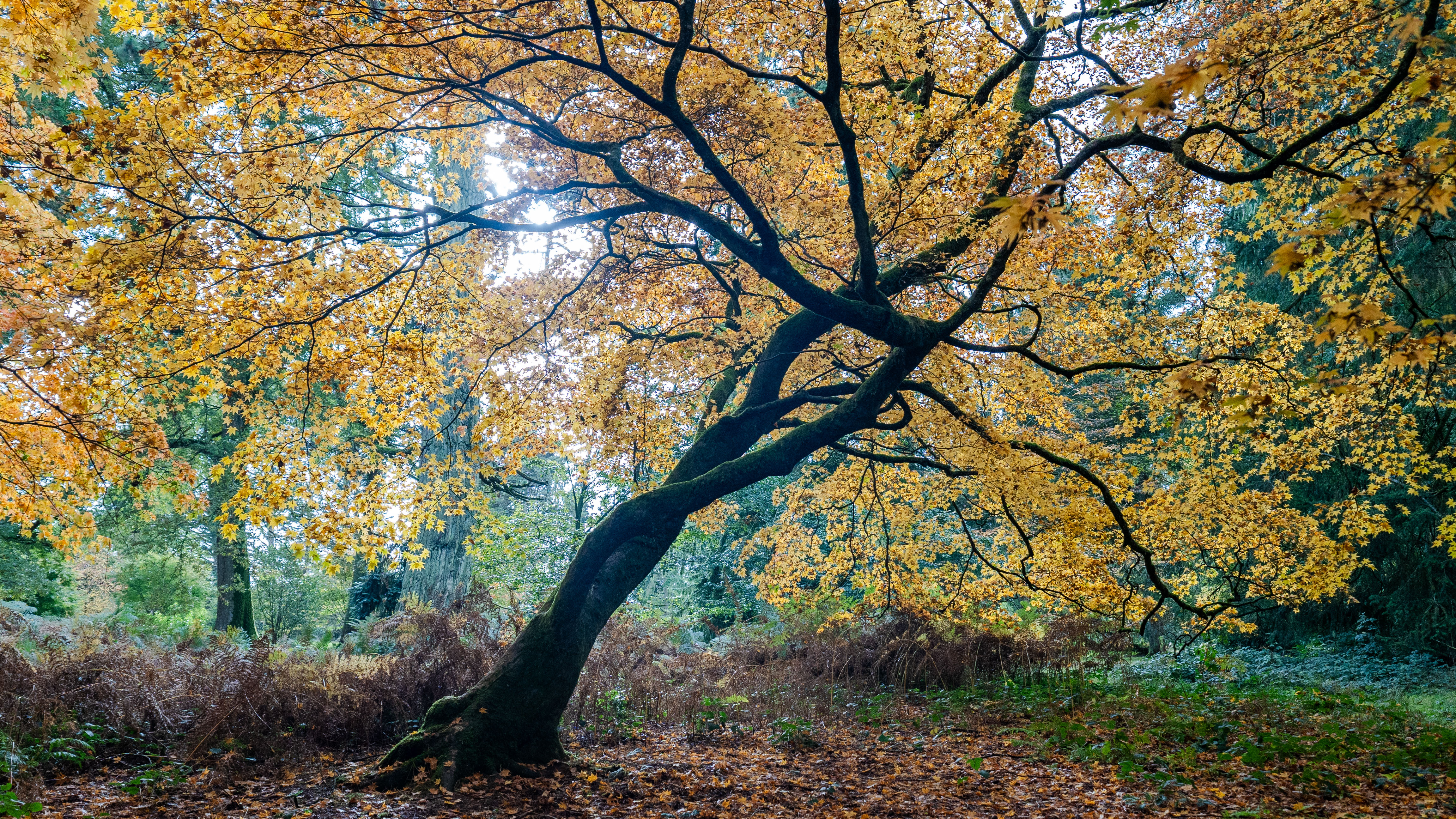

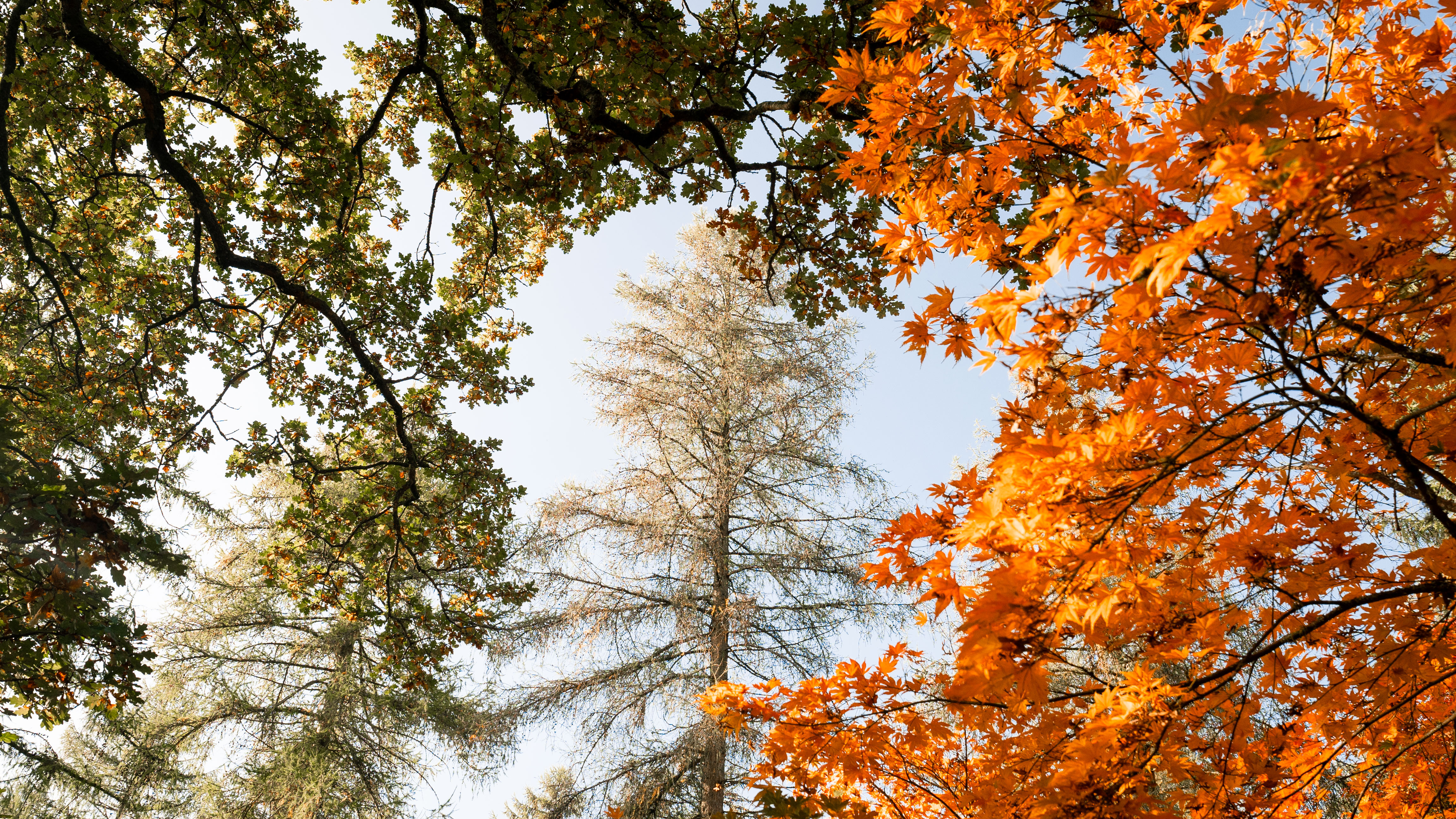
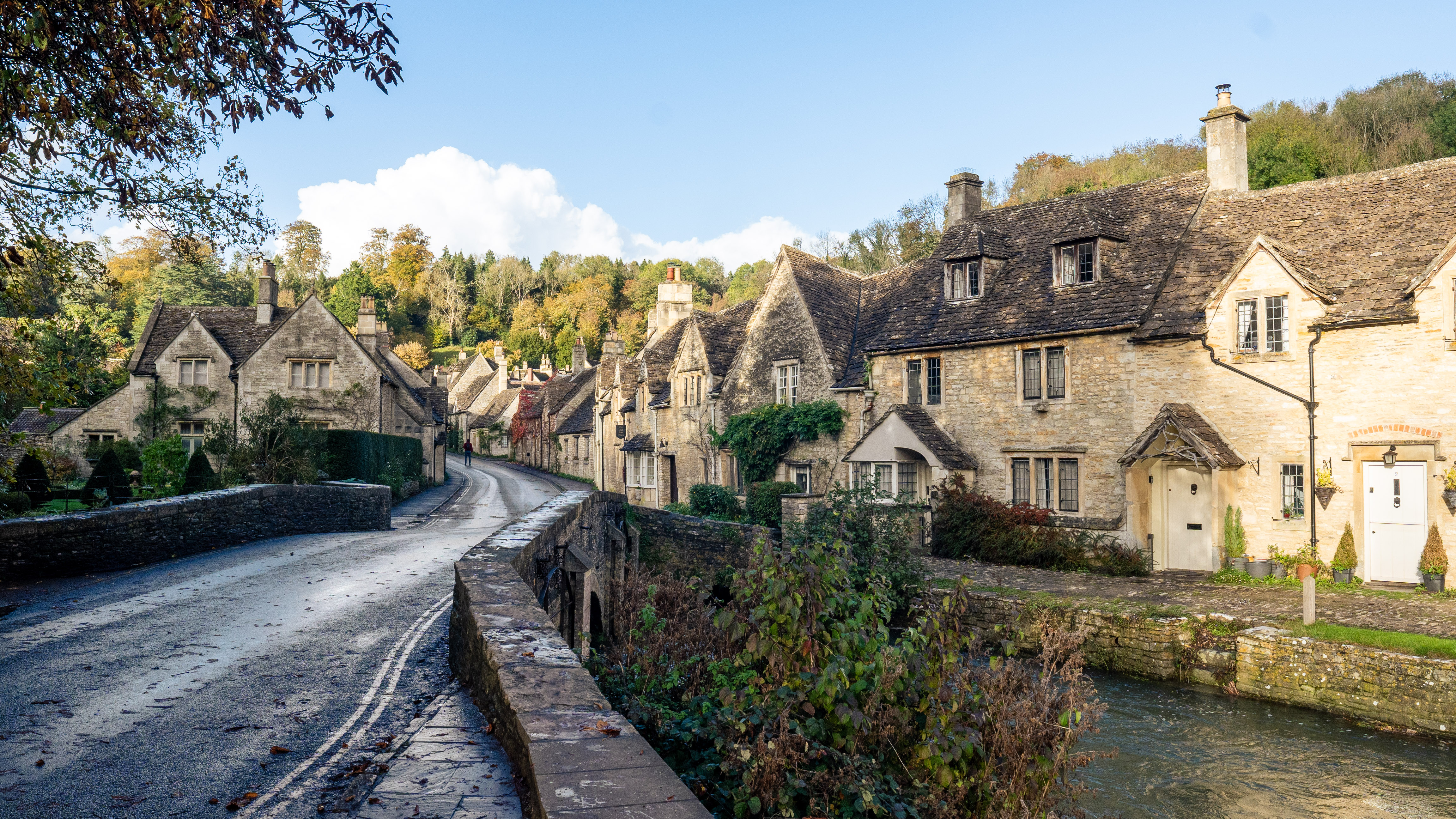
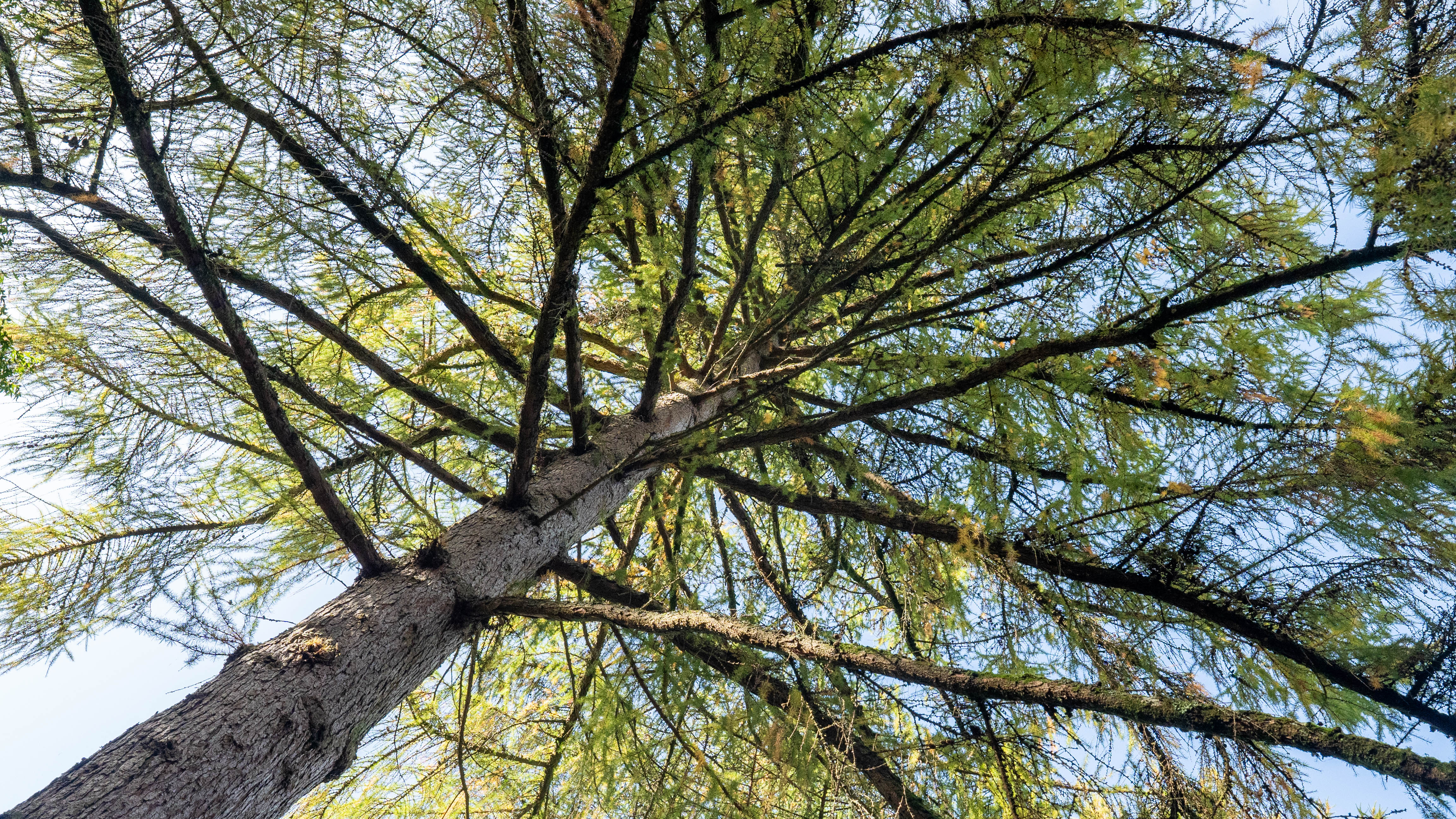
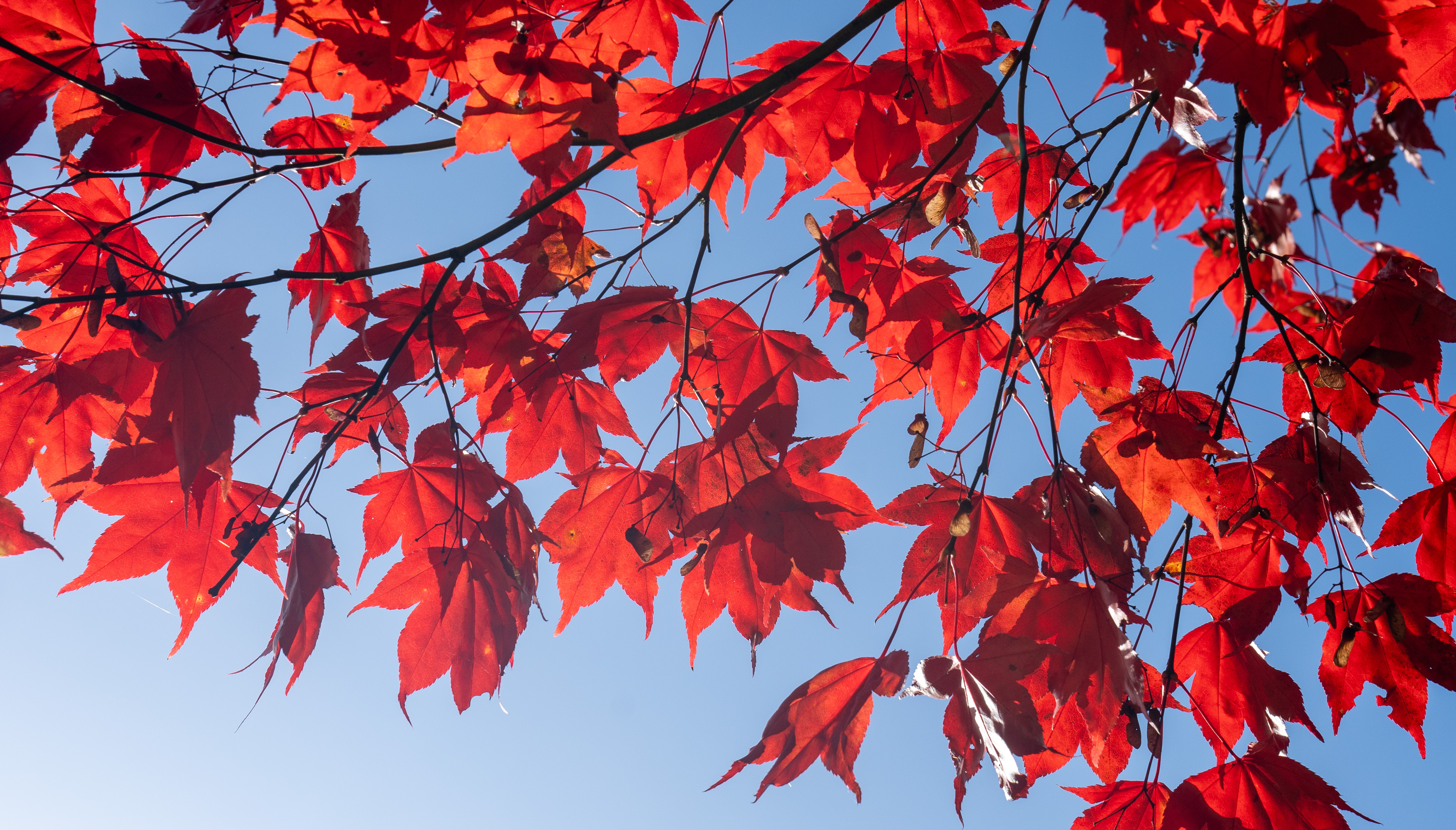

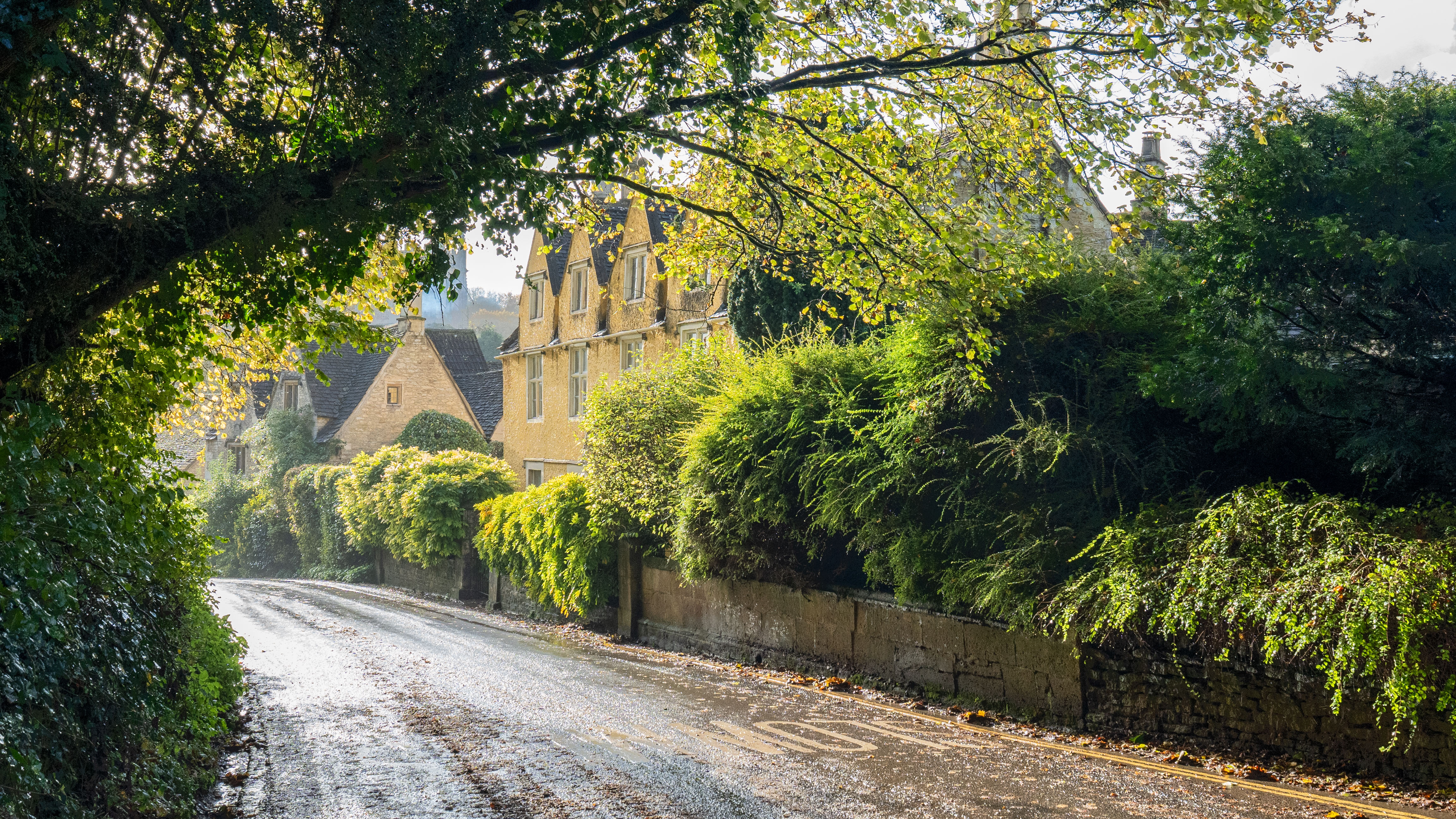
While the new AI processing unit is undoubtedly fantastic and takes Sony's cameras to a new level, they need to address the fact that it means the battery life is significantly reduced as a result. We noted the same thing on the other newer Sony cameras we've reviewed recently, and although it does depend on whether you use the EVF or the LCD screen, how long you're shooting for and how often you stop to look at your images, reduced battery life could pose a problem if you're going to be using this camera for professional use or on long shoots and don't want to keep changing batteries. According to CIPA standards, the original A7C had a 740 shot battery life on a single charge, but with the addition of the new autofocus unit, the A7C II only has 540 shots.
That said, we found the battery life on the A7C II to be fine for a casual day of shooting, and it's worth remembering that this camera isn't aimed at professionals anyway, so the reduced battery life won't be too much of an issue here, although it's something we'd like Sony to address going forward.
Should you buy the Sony A7C II?
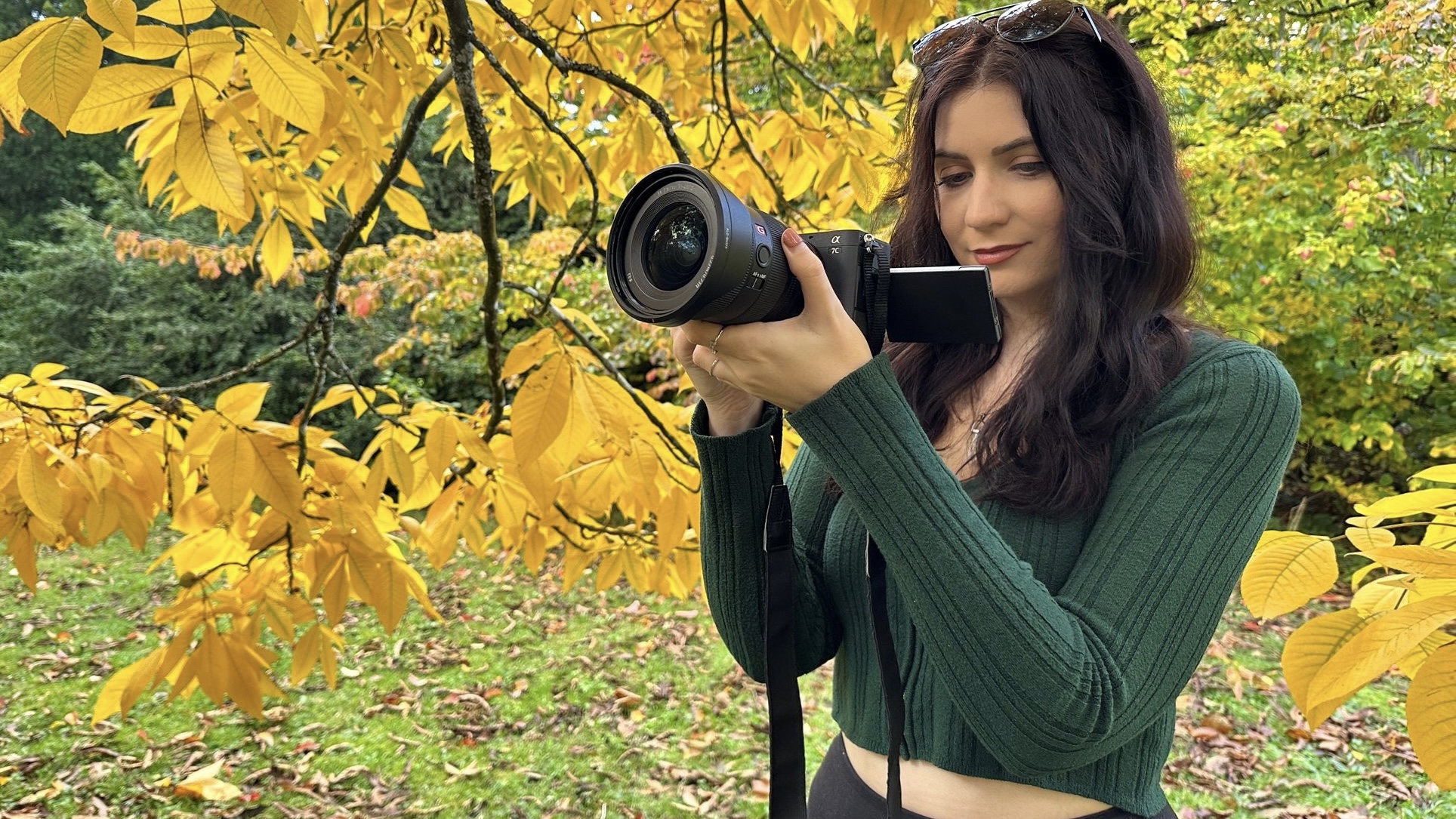
✅ You're an enthusiast: The A7C II is a perfect camera for enthusiasts as it produces beautiful results and has good enough specs for most shooting situations without breaking the bank.
✅ You're on a budget: ...relatively speaking. For a full-frame camera, the price is incredibly affordable, so this is a good option if you don't have thousands and thousands to spend on the best tech.
❌ You're a professional: It just doesn't have the amount of features, customization and power that professionals need.
Overall, we don't have any particularly strong opinions on this camera either way — it's just... fine. It's probably not going to be anyone's 'dream camera' and it's not groundbreaking or anything new, exciting or sexy — but it's reliable, does what you want it to and is comfortable to use and carry around. For the price you pay, it's very good value for money and it will suit amateurs and enthusiasts down to the ground.
If, however, you're a professional and you earn a living through photography, we don't think this would be the camera for you. It would be fine as a second camera for events or weddings, but it just doesn't have the juice to satisfy pros seeking something powerful.
It's capable of most photographic styles, from astro to landscapes, wildlife and portraits — not to mention vlogging. The only style we think it might potentially struggle with is fast-action or sports, as you can only get up to 10FPS out of it.
If the Sony A7C II isn't for you
If you're on a tighter budget and you're happy to sacrifice image stabilization and megapixels, the Canon EOS R8 would be worth considering. It's still an impressive camera and we enjoyed shooting with it, but it doesn't have any of the fancier tech that the Sony has. We also thought it handled astrophotography very well.
If you like some of the aspects of the Sony A7C II but need something with a bit more oomph for pro work, we cannot recommend the Sony A7R V enough. It has an insanely detailed 61MP sensor and includes the newer AI autofocus unit as well as a perfect amount of customization, and we have been pining after it ever since we had to send it back after testing.

Kimberley Lane is a landscape & seascape photographer living in South Wales. Originally using photography as a way to cope with health issues, she aims to portray a feeling of calm and peace through her images. Her work has been featured in a number of national photography magazines.
